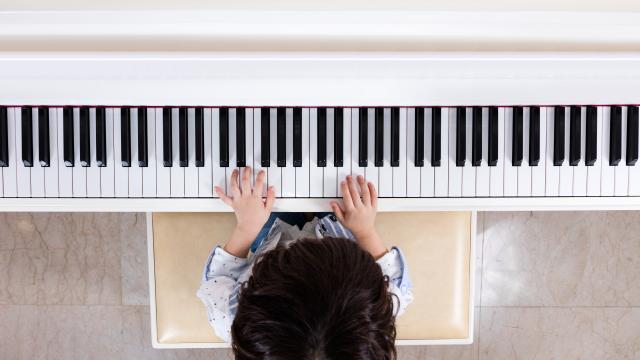Google’s latest addition to its Maps app lets you superimpose walking directions onto your view of the real world, using your phone’s camera and augmented reality to show exactly where you need to go and when you need to turn. We just spent some time with the preview version and were left mightily impressed – in short, it makes walking directions foolproof.
The feature is currently in preview, meaning it functions but is still a work in progress, and is rolling out to Google’s own Pixel devices now. Plans to make it available on iPhones or other Androids have not yet been announced.
To access AR, you open Google Maps and choose a location to navigate to. Next to the usual “start” button there’s a new option that says “start AR”. Hitting it splits the screen, with the map view below and your camera feed up top, and you’re asked to point the camera over the road to the opposite side of the street. After one or two seconds of scanning, the app confirms that it knows where you are.
Best Pixel 3 plans in Australia
This functionality relies on Google’s Street View data, so of course it won’t work on remote roads that have never been documented. I also found the app took a few extra seconds when heavy traffic, or large vehicles such as trucks or trams, blocked the view. But for the most part it worked like magic.
Once confirmed, a set of big blue arrows appears over the road in front of you, letting you know in which direction you should head off. This is the single most useful part of the new feature. When finding your way around an unfamiliar place, the biggest problem with Maps navigation (unless you possess a perfect internal compass) is working out whether you need to set off in one direction or the other. And GPS can be slow to update, meaning you can go in the wrong direction a decent way before realising you need to turn back. AR solves this instantly.
Once you’re on your way, a blue bubble appears in the distance to mark your next turn, with street names and distances marked at the intersection. Arrows appear when you’re closer. The directions are hard to miss, and even cast a simulated shadow, although it can be weird when cars drive through them. If they’re behind you a pointer will appear so you know where to look.
You can lower your phone and it returns to the usual navigation mode, vibrating when you need to turn and displaying a map, but if you raise it back up the AR vision will reappear. I found that if I’d walked a bit in the meantime the phone often needed to scan again, meaning you need to stop for a few seconds.
To discourage people from walking while staring at their phone, the app will warn you if it detects you’re moving while in AR mode, and if you keep going, after a few seconds it will go blank and insist you stop or lower your phone. It’s an effective system, and works well if you only stop to check AR when you’re not sure where to go.
The new feature makes use of several bits of technology from across Google’s services, including Maps and Street View, but also Lens and Playgrounds. Lens is the function built into Pixel’s camera, and available as a separate app, that can scan anything and offer information from the web. For example, scanning a business card might link you to send an email or call a person, while scanning a friend’s shoe could bring up shopping information about where it’s on sale.
Playgrounds is the AR component of the Pixel camera, which scans your surroundings to determine where the floor and other objects are before allowing you to drop in a range of characters, from Detective Pikachu to Stormtroopers to Childish Gambino, that walk around and interact.
Mobile AR has been an increased focus for both Apple and Google since the development of software that lets single cameras accurately determine depth, and AR functionality is available on phones as old as the original Pixel and the iPhone 6s.
At last week’s Google I/O developer’s conference, the company announced it would be integrating AR objects into search results on mobile. For example, someone searching for information on a great white shark might have the option to drop a true-to-life scale AR model of the shark into their surroundings and examine it.
[referenced url=”https://www.lifehacker.com.au/2019/05/the-ten-biggest-announcements-from-google-i-o/” thumb=”https://www.lifehacker.com.au/wp-content/uploads/sites/4/2019/05/Google-Pixel-phones-410×231.jpg” title=”The Ten Biggest Announcements From Google I/O” excerpt=”The Google I/O developer conference wrapped up last week with a bunch of new products and features announced. For those, like me, who didn’t get there this year, Google has conveniently prepared a list of 100 things they announced at the event. I’ve scanned the list and think these are the ten biggest.”]
This article originally appeared in Digital Life, The Sydney Morning Herald’s home for everything technology. Follow Digital Life on Facebook and Twitter.

Comments